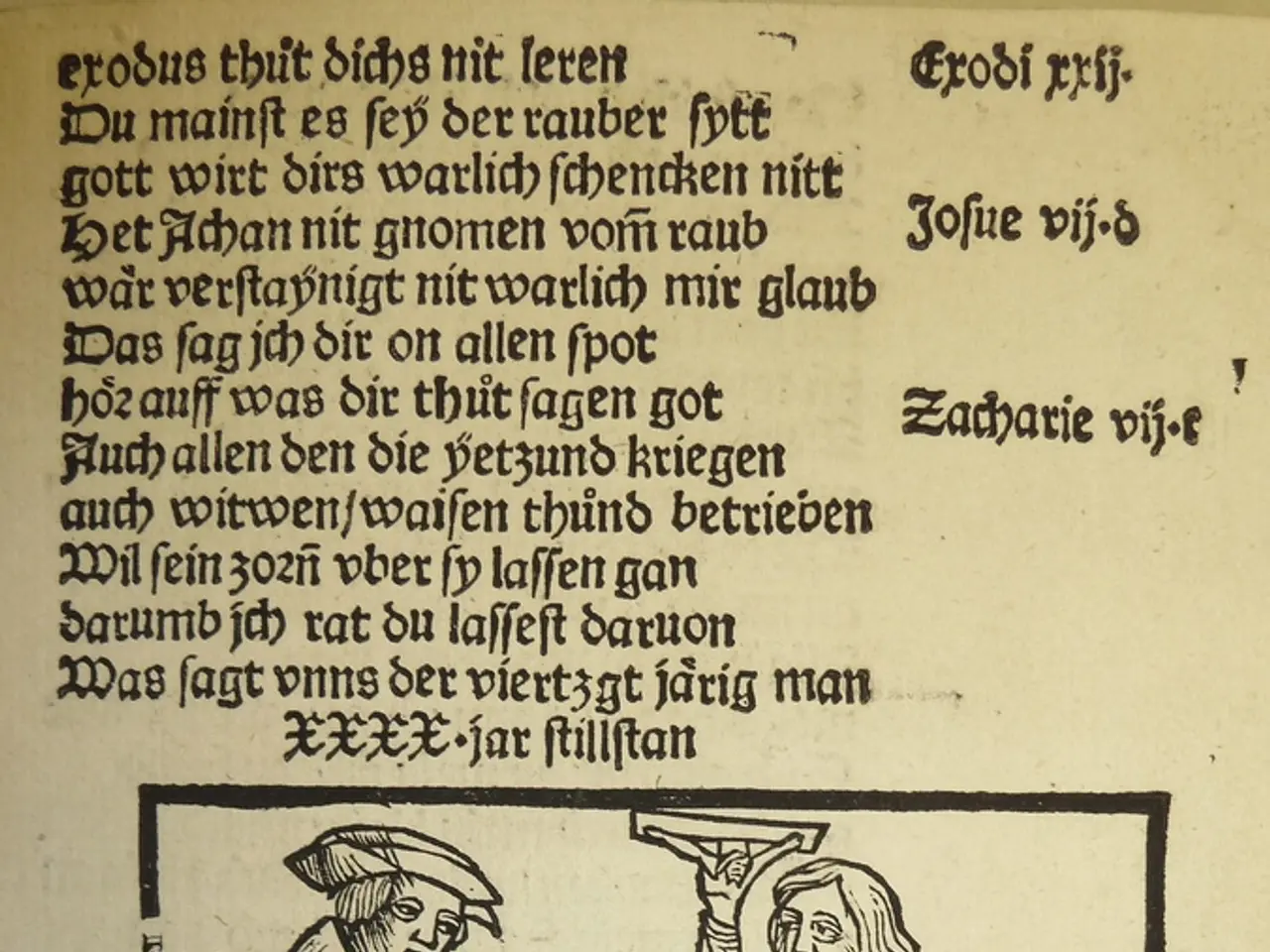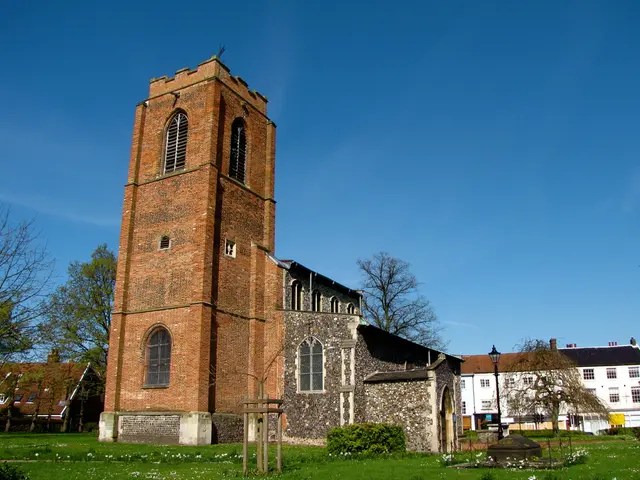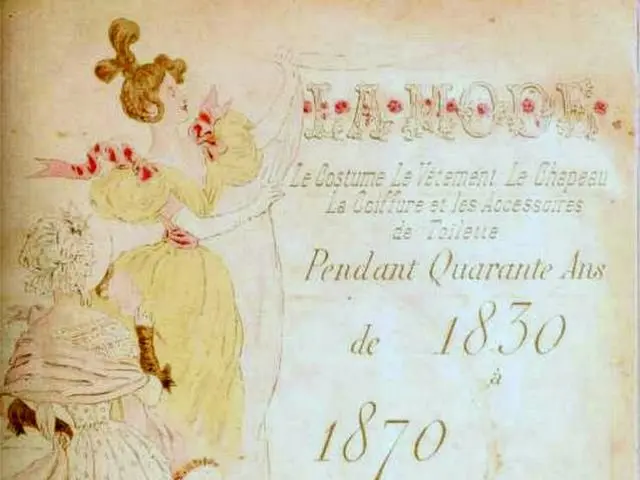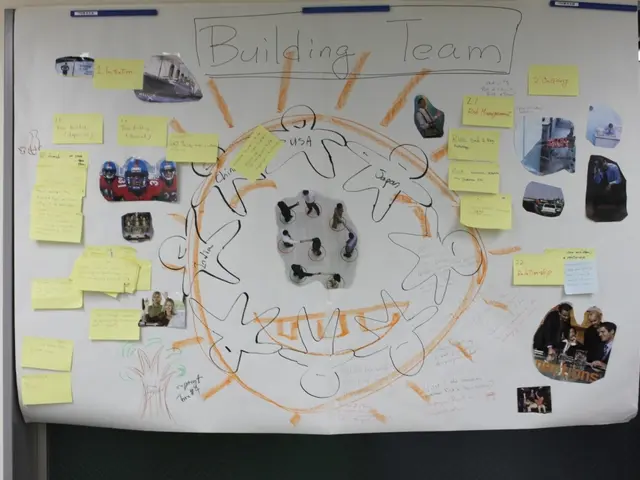Championing Traditions: Exploring the Topic of Cultural Conservation in the English Language
In a world where modernity and tradition often collide, finding a balance that sustains cultural heritage is essential. This balance is being pursued through various initiatives led by UNESCO and other international organizations, which are playing a crucial role in the preservation of cultural heritage.
One such initiative is the Memory of the World Programme, a project by UNESCO that safeguards documentary heritage of global importance. By preventing loss due to aging, neglect, or destruction, this programme ensures that valuable archival records worldwide remain accessible and inform future innovation and societal development. Similarly, countries like Saudi Arabia use UNESCO World Heritage listings to secure global recognition and protection of tangible cultural assets, thereby reinforcing local identity and creative expression.
The World Heritage Leadership (WHL) programme, a collaboration between ICCROM, IUCN, and others, enhances conservation and management practices globally. It integrates Indigenous knowledge and community participation, fostering inclusive cultural governance that supports sustainable development and creative solutions to heritage preservation. This transformative approach encourages innovation and excellence in conservation practices, directly aiding cultural adaptation amid environmental and social changes.
UNESCO also actively facilitates cross-cultural creativity through programs like the UNESCO World Heritage Scholarship 2025. This initiative provides residencies at heritage sites, such as the decorated farmhouses of Hälsingland in Sweden, to artists, researchers, and cultural practitioners. These individuals are supported to create innovative cultural or artistic projects that connect diverse World Heritage sites globally, encouraging new artistic expressions inspired by heritage and enabling cultural sectors to adapt, innovate, and resonate in the modern world.
Heritage projects promoted by UNESCO and other organizations emphasize interdisciplinary collaboration, involving local communities, experts, and policymakers. This systemic communication enhances community engagement and quality of life, ensuring cultural heritage remains a living source of inspiration and creativity that responds to contemporary challenges.
Cultural preservation is not just about protecting physical sites, artifacts, and crafts, but also involves the conservation of languages, traditions, and customs. Digital preservation requires continuous investment in data storage, security, and technological updates to prevent loss or obsolescence. Efforts to revitalize endangered languages are being made through educational programs, digital resources, and community initiatives.
The traditional paper-making art of Bhutan known as Deh-sho was revived with UNESCO's support, fostering cultural pride, economic benefits, and renewed interest in traditional arts and crafts in Bhutan. Digital archiving, virtual reality (VR), and augmented reality (AR) are transforming cultural preservation, offering innovative solutions for documenting and experiencing cultural heritage.
Engaging with cultural practices, supporting preservation initiatives, and advocating for inclusive policies can have a positive impact on cultural preservation efforts. It is crucial for readers to recognize their role in cultural preservation and actively participate in local or global efforts. Cultural preservation helps keep vibrant histories alive and fosters a sense of unity and belonging among communities.
Cultural diversity is integral to fostering creativity and adaptation in a rapidly changing world. By preserving and promoting cultural heritage, UNESCO and international bodies are not only safeguarding history but also providing a dynamic foundation for creativity and adaptability in a rapidly evolving global landscape.
- The World Heritage Leadership (WHL) programme, by integrating Indigenous knowledge and community participation, promotes lifelong learning and fosters inclusive cultural governance that supports education-and-self-development, through sustainable development and creative solutions for heritage preservation.
- Engaging with digital preservation initiatives, such as those aimed at revitalizing endangered languages, encourages learning and lifelong-learning, ensuring cultural diversity remains a living source of creativity and inspiration that responds to contemporary challenges.




